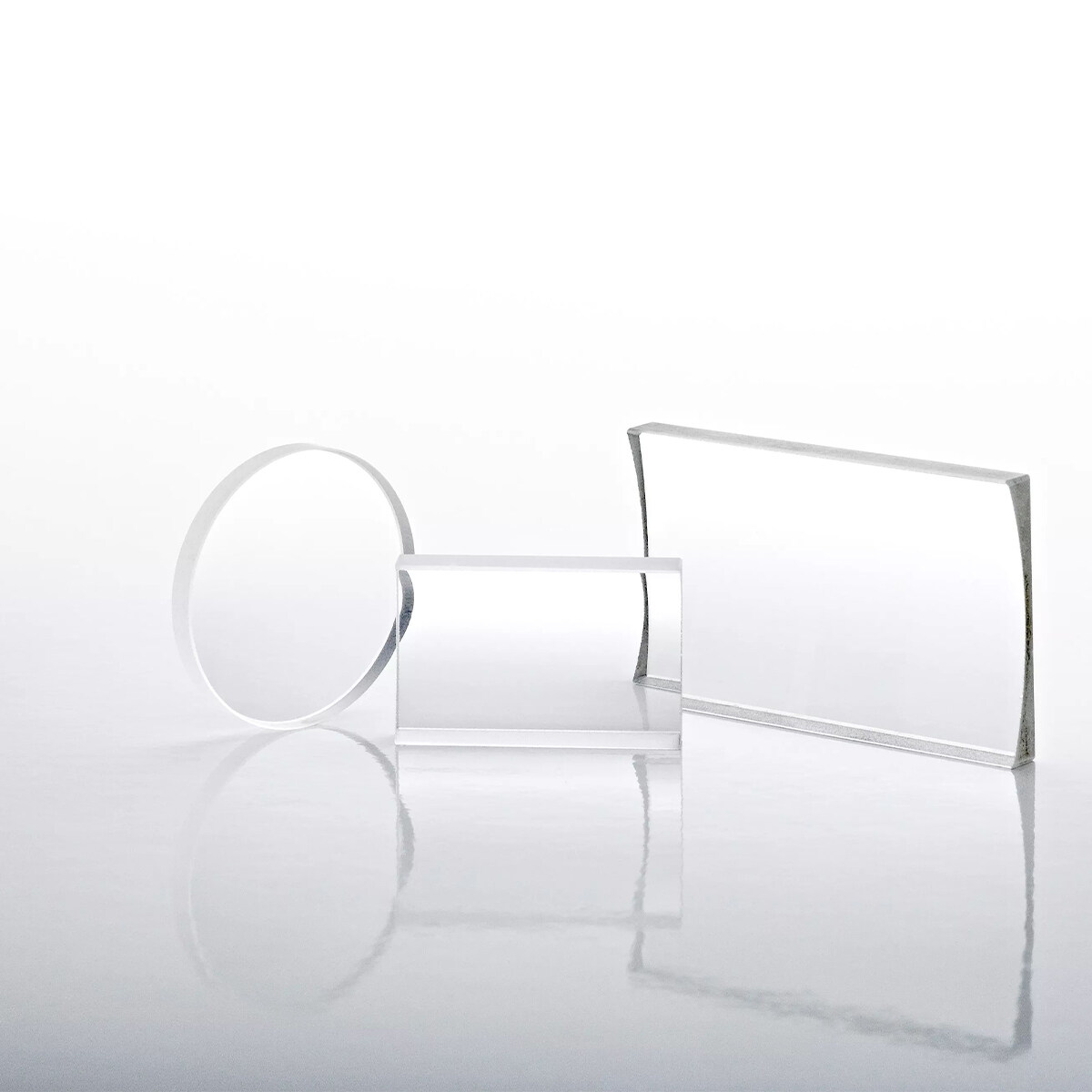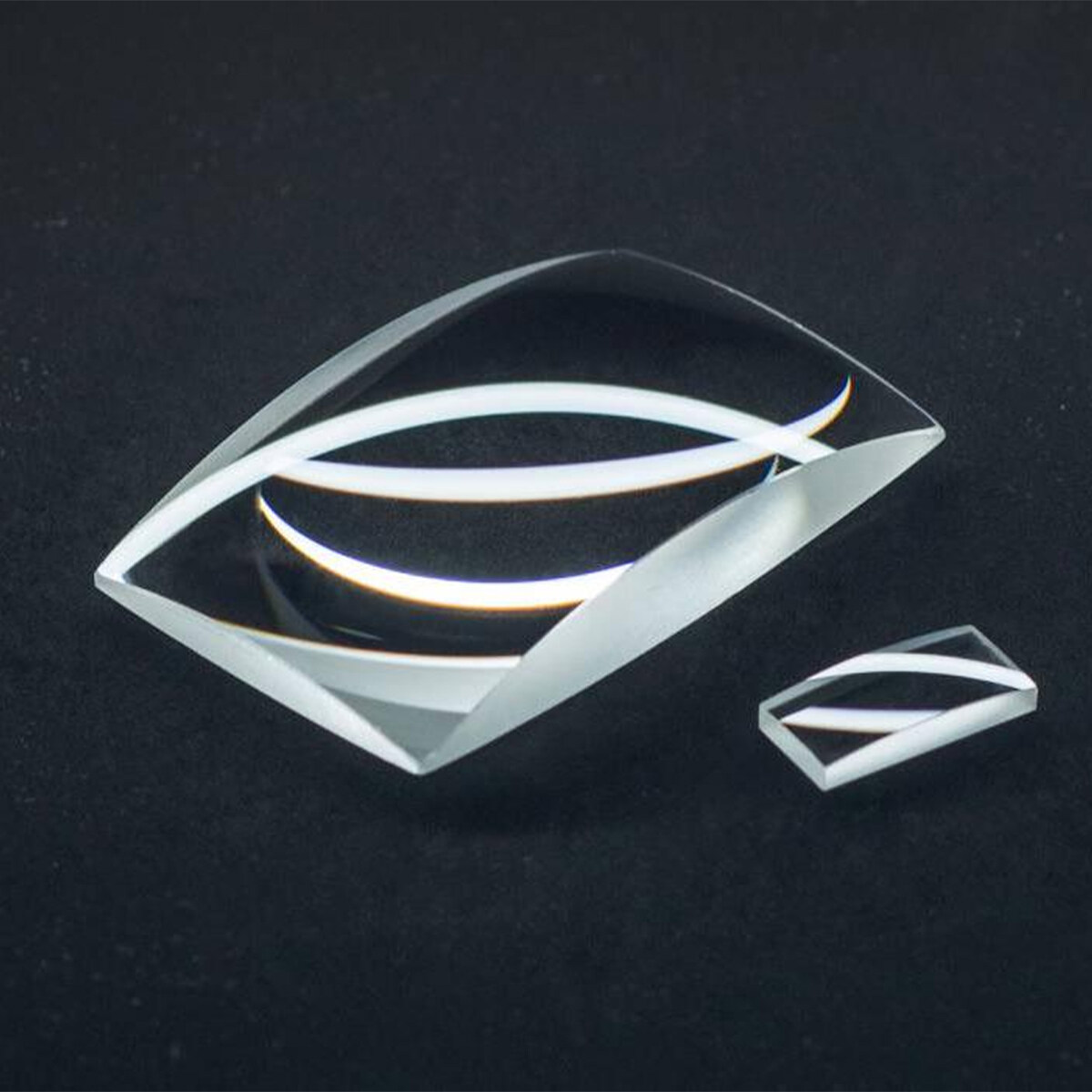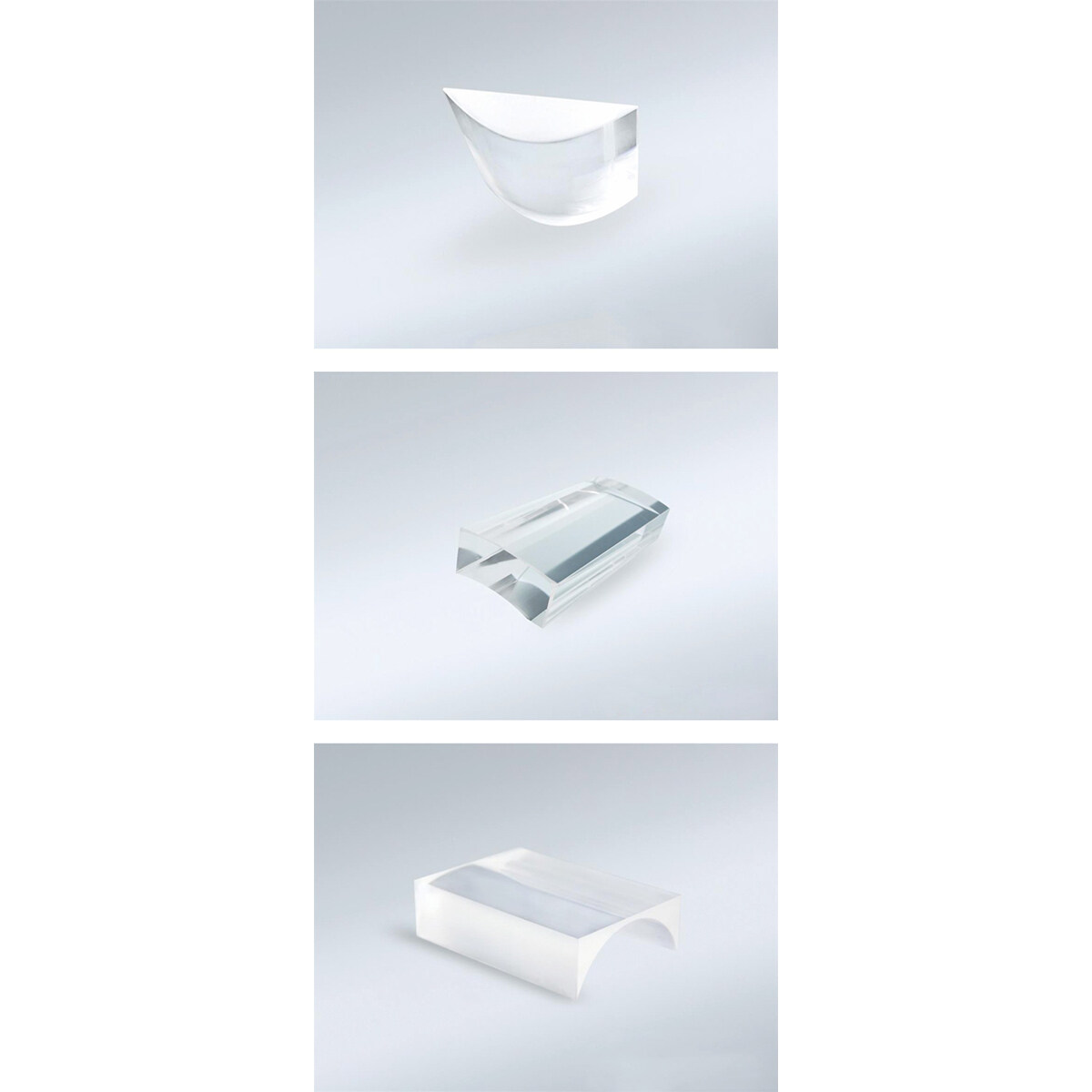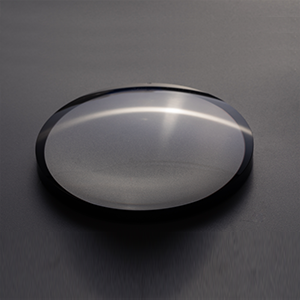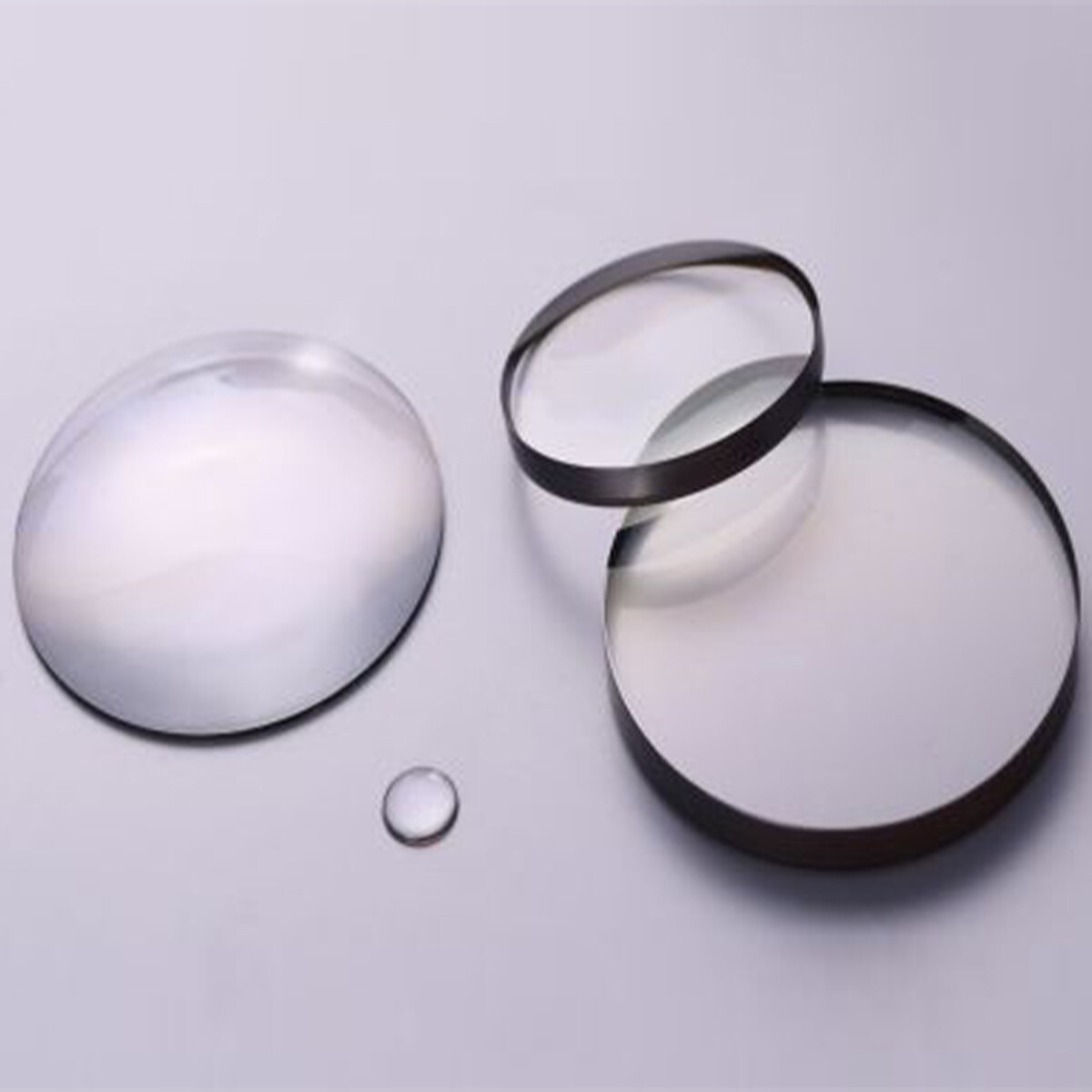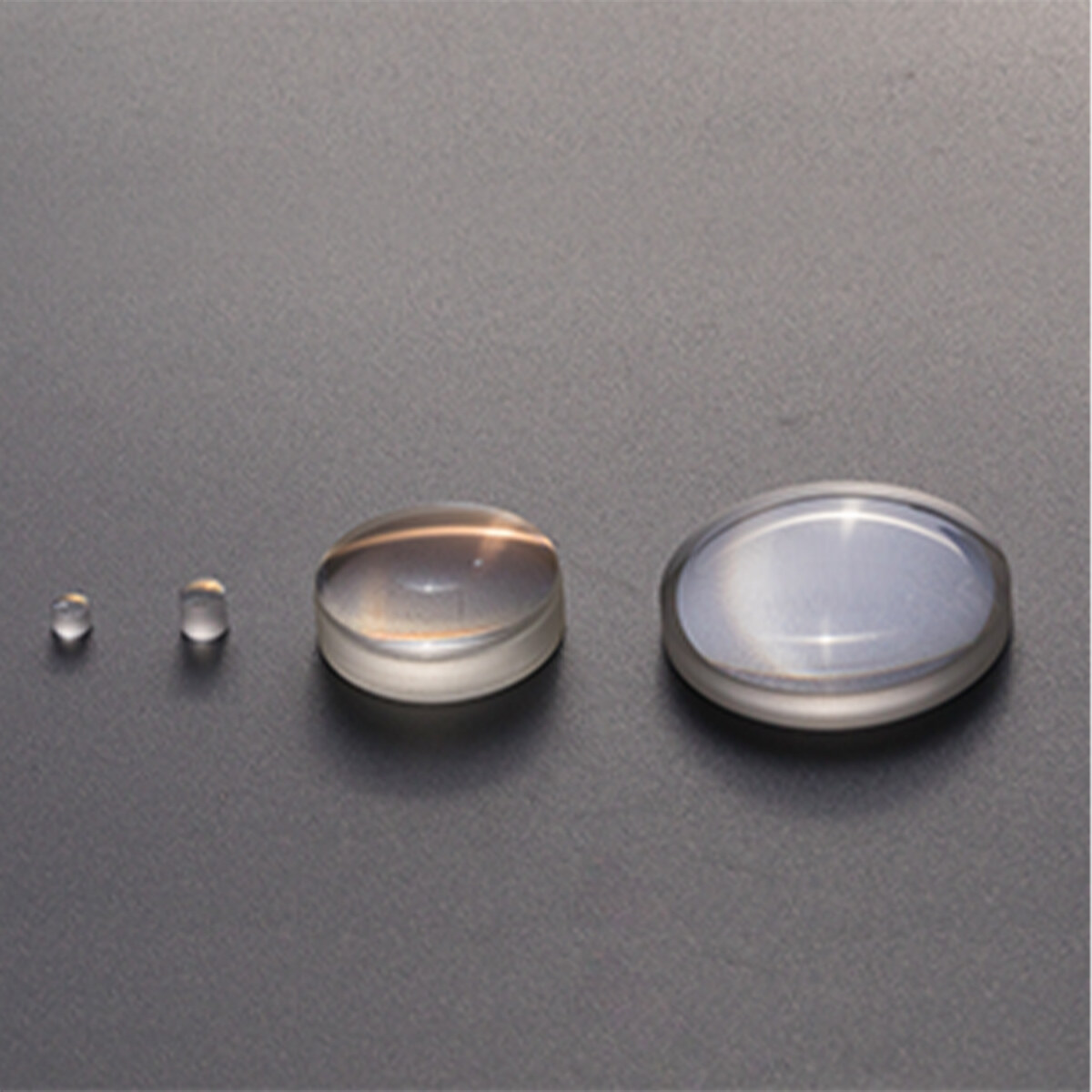Email format error
Email cannot be empty
Email already exists
6-20 characters(letters plus numbers only)
The password is inconsistent
Email format error
Email cannot be empty
Email does not exist
6-20 characters(letters plus numbers only)
The password is inconsistent

Cylindrical Mirror
We are a leading manufacturer of cylindrical lenses in china specializing in the production of various optical Cylindrical Mirrors.If you need this Lens, welcome to contact us.
The cylindrical mirror is an aspheric lens, which can effectively reduce spherical aberration and chromatic aberration. It is divided into the flat-convex cylindrical lens, flat-concave cylindrical lens, biconvex cylindrical lens, double concave cylindrical lens, meniscus cylindrical lens, cylindrical intersection cylindrical lens, and a special-shaped cylindrical lens. It has a one-dimensional amplification function.
Introduction to the cylindrical mirror:
The obvious difference between a cylindrical mirror and a commonly used spherical lens is that the spherical mirror has only one power in the XY direction or any direction perpendicular to the Z axis.
The cylindrical mirror has power on only one plane, but there is no power in the direction perpendicular to it. Therefore, it is widely used in LD semiconductor laser beam shaping.
Cylindrical mirrors look more complex than the spherical lens, but whether it is SC mode or NSC mode, cylindrical lens simulation can be carried out.
A characteristic of cylindrical mirrors is that they belong to a focusing system in one direction and an unfocused system in the other direction so that when the parallel light passes through a cylindrical mirror with a certain curvature, it will focus on a line.
Manufacture of a cylindrical mirror
Including rough grinding, fine grinding, polishing, centering, and edging.
Wonderful use of cylindrical mirror
The cylindrical mirror can gather or emit light in a unitary radial direction. It is widely used in several manufacturing industries and industries, such as electronic optical metrology verification, laser scanner, spectroscopy, laser diode output light shaping and beauty, light sheet lighting lamp microscope imaging, etc.
Collimation of diode output beam
The output beam of the laser diode diverges asymmetrically, and its collimation is a great challenge. For example, for divergence angle θ 1x θ If the only standard spherical lens is used for the diode light source with 2=10 ° X40 °, it can only be collimated in one direction, and divergence or convergence will occur in the other direction. The problem can be decomposed into two one-dimensional directions by using cylindrical mirrors. The two directions can be collimated simultaneously by combining two orthogonal cylindrical mirrors.
The selection and optical path construction of a cylindrical mirror must follow the following rules:
1) To make the shaped light spot uniform and symmetrical, the focal length ratio of the two cylindrical mirrors should be approximately equal to the ratio of the divergence angle.
2) The laser diode can be approximately regarded as a point light source. To obtain the collimation output, the distance between the two cylindrical mirrors and the light source is equal to their focal length respectively.
3) The distance between the main planes of the two cylindrical mirrors should be equal to the difference between the focal lengths F2 – F1 and the actual distance between the two lens surfaces should be equal to bfl2 – bfl1. Like the spherical lens, the convex surface of the cylindrical mirror should face the collimated beam to minimize aberration.
4) Because the output beam of the laser diode diverges rapidly, we need to pay attention to ensuring that the spot size on each cylindrical mirror does not exceed the effective luminous aperture of the lens. Since the distance between the cylindrical mirror and the diode is equal to its focal length, the maximum spot width of each cylindrical mirror position should follow.



